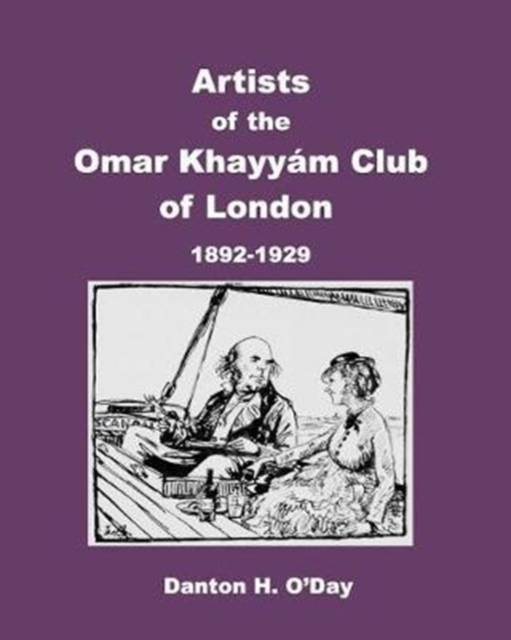
Je cadeautjes zeker op tijd in huis hebben voor de feestdagen? Kom langs in onze winkels en vind het perfecte geschenk!
- Afhalen na 1 uur in een winkel met voorraad
- Gratis thuislevering in België vanaf € 30
- Ruim aanbod met 7 miljoen producten
Je cadeautjes zeker op tijd in huis hebben voor de feestdagen? Kom langs in onze winkels en vind het perfecte geschenk!
- Afhalen na 1 uur in een winkel met voorraad
- Gratis thuislevering in België vanaf € 30
- Ruim aanbod met 7 miljoen producten
Zoeken
€ 27,45
+ 54 punten
Omschrijving
Edward FitzGerald's Rubaiyat of Omar Khayyam was so popular at the end of the 19th century until the early decades of the 20th that it reached cult status. Throughout the world groups honored the small collection of poems but none as significantly as the Omar Khayyám Club of London that formed in 1892. Meeting regularly in the poshest restaurants in and around London, the one-percenters of the day-artists, writers, actors, politicians and aristocrats, among others-drank red wine and wore red roses as they celebrated Omar Khayyam and the Rubaiyat. One remaining result of those meetings were the menus, most which contained one or, rarely, two original works of art on or about Omar, FitzGerald and the Rubaiyat. For the first time, the illustrations and artists are detailed with charts, tables, appendices, and every one of the pictures. The diverse, beautiful and often evocative pictures were not made available to the public and have not been published online or elsewhere. The book also exposes many errors in attribution of artistic credits and reveals another previously unknown artist, thus serving to complement the previous three volumes of The Golden Age of Rubaiyat Art.
Specificaties
Betrokkenen
- Auteur(s):
- Uitgeverij:
Inhoud
- Aantal bladzijden:
- 92
- Taal:
- Engels
Eigenschappen
- Productcode (EAN):
- 9781389860898
- Verschijningsdatum:
- 10/07/2017
- Uitvoering:
- Paperback
- Formaat:
- Trade paperback (VS)
- Afmetingen:
- 203 mm x 254 mm
- Gewicht:
- 263 g

Alleen bij Standaard Boekhandel
+ 54 punten op je klantenkaart van Standaard Boekhandel
Beoordelingen
We publiceren alleen reviews die voldoen aan de voorwaarden voor reviews. Bekijk onze voorwaarden voor reviews.









